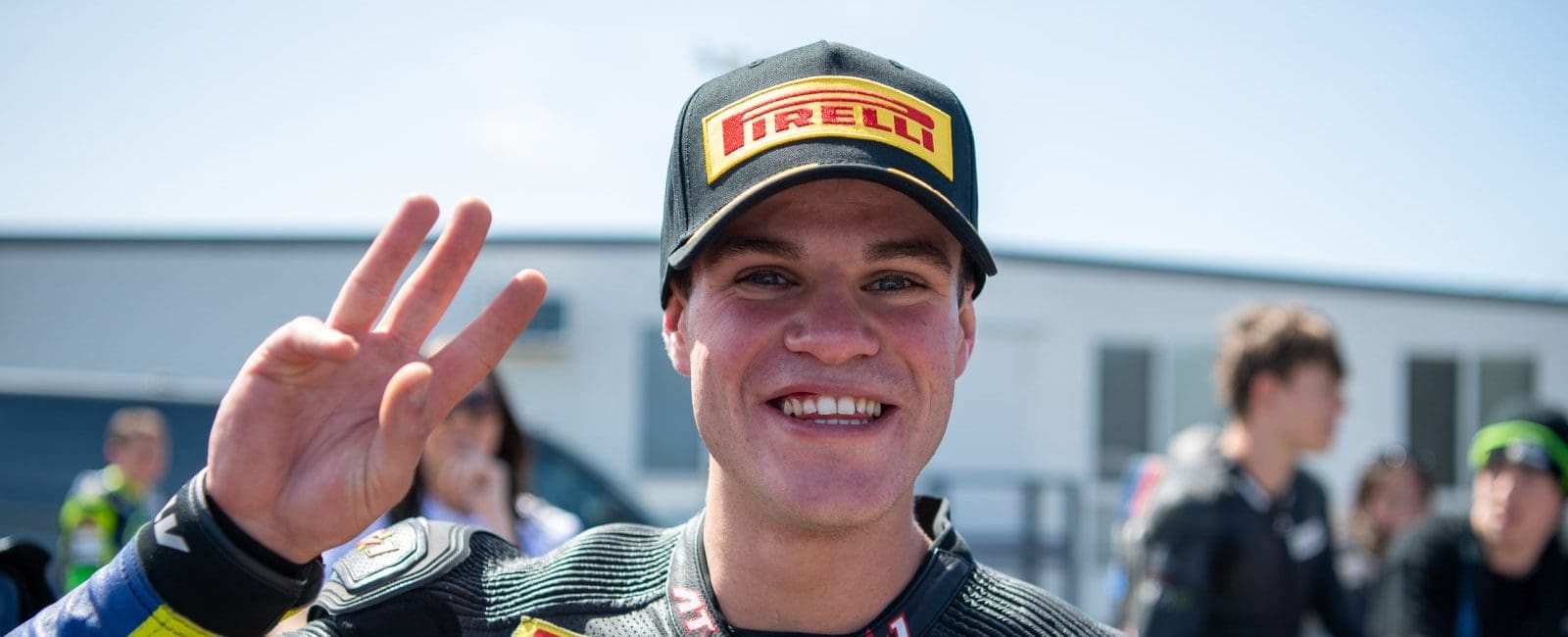As the tarmac twisted into a clump of overhanging gum trees my field of vision telescoped into the corner’s apex.
Seconds earlier I had been in open paddock country, sweeping effortlessly through corners up a gentle rise. Now I was suddenly heading downhill into the dense foliage of a river valley and the road was tightening up on me big time.
What seemed to me an appropriate speed had, in the blink of an eye, become suicidal.
The Ducati 1098 ahead of me floated over a couple of bumps and disappeared, leaving me focused on a curving white line. I was being sucked into every motorcyclist’s worst nightmare.
But the remedy was simple.
Look up, look up, I told myself. As soon as I pulled my eyes away from the present and into the future the instinct of riding took over.
Without realising it, I leaned my bike right over, kept enough throttle on to stop it tank-slapping over the bumps and then powered out of the corner, catching a flash of red as the 1098 slunk into another bend in this deceiving valley road.
I had regained my composure as quickly as I’d lost it. I’d flung the bike over as far as if I’d been on a racetrack, but it had felt fine and saved me from crashing.
The alternative would have been to try to brake, or slow down and run wide. I’ve seen both happen to other riders on other rides and the end result isn’t pretty.
Motorcycle safety is all about appropriate speed and manoeuvrability; the speed to overtake safely or the manoeuvrability to squeeze into a gap in the traffic that could save your life when a car moves over on you.
The more you ride, the more intuitive it becomes, even to the extent of surviving going into a corner too hot and not ending up as a ‘single-vehicle accident’.
But the most crucial part of motorcycle safety is regular riding to keep your skills up.
For various reasons I hadn’t ridden a motorcycle of any kind for more than a month.
This lack of riding had dulled my instincts in the way that not going to the gym for a month saps your fitness levels.Rather than being a rider aware of my surroundings and ready to react to them instinctively, I’d become a rusty rider looking for a place to have an accident.
Ever since I was a seventies longhair, I’ve had an almost daily experience with motorcycling. Becoming a motorcycle journalist opened the door to a huge box of toys. But although I have ridden more than 500 motorcycles in various states and countries, I’m still an average rider.
I’ve ridden in some of the world’s biggest cities and along some of the loneliest roads imaginable. I’ve ridden in hail, searing heat and rain so hard it was bouncing off the tarmac and causing the oil pressure sensor light to momentarily short out.
What all these experiences have taught me is that only riding regularly can give you the skills to handle these situations.
Motorcycles have speed and manoeuvrability as their main defensive weapons. They also (usually) have a rider controlling them who is totally focused on the task at hand, and immune from the diversions put in front of car drivers.
This focus starts for me as I pull on my gloves and helmet before a ride. When I’m sitting on the bike preparing to start it, I clear my head of all thoughts other than what I’m going to do. I think about the weather, what the road conditions are, how heavy the traffic is likely to be. Is there likely to be distracted drivers on a school run, or a farmer moving a tractor and seeder from one winter paddock to another?
Getting into the zone is one of the big attractions of motorcycle riding. It could also save your life one day.
Keep on riding.
By Hamish Cooper











